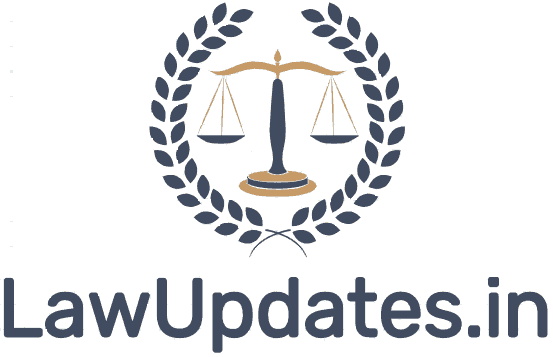On Tuesday, Chief Justice of India SA Bobde remarked the Supreme Court could have its own account on social media platform Twitter.
“The Supreme Court should have a Twitter handle of its own,” he told fellow Judges on the bench, Justice AS Bopanna and Justice V Ramasubramanian, as an aside during virtual court proceedings in an unrelated case.
The Supreme Courts of the UK and the US have official twitter handles as do other judicial systems in many parts of the world. These handles post crucial information on court proceedings and have a massive following.
Though the Supreme Court of India currently doesn’t have an official handle, there are at least three unofficial handles routinely tweeting alerts about court proceedings or judgements on Twitter. At least one retweets legal reports from several mainstream newspapers.
One is run by a self-professed Supreme Court fan, while another has more than 6 million followers. There is an unofficial handle that tweets information from the Delhi High Court.
So far no Indian court has any official twitter handle. A decision by the top court though may open the doors for others to create their own.
Most courts have official websites run by their internal bureaucracy, but have been slow to tap into the power of social media and apps to reach out and disseminate their pronouncements.
The Supreme Court of India has in the past been ranked as one of the most powerful supreme courts in the world and the CJI as one of the most powerful chief justices.
The court was one of the few institutions to begin issuing press releases on major rulings — during the tenure of former CJI YK Sabharwal — but that process fell into disuse after some time.
The court has a public relation officer through whom it issues clarifications now and then on issues of controversy involving the court.
A Twitter handle though would be a completely different level of interactive engagement with the public, as it may force the court to step into the world of real-time controversies involving judicial and administrative orders.
While the rest of the world has had a seamless transition to the era of mobile phones, laptops and cameras, the Supreme Court of India allowed journalists to carry phones and report from inside the courtrooms only a few years ago.
Laptops are still a no-no inside courtrooms for journalists though lawyers may carry those. While the pandemic and the lockdown have hastened the switch to virtual courts, the proceedings are not accessible to all.
Journalists can watch the proceedings only from specified rooms within the court complex. Most other jurisdictions telecast live proceedings in high-profile cases as part of their efforts to ensure transparency and accountability in the judiciary. Transcripts of proceedings are also available.
Source Link



